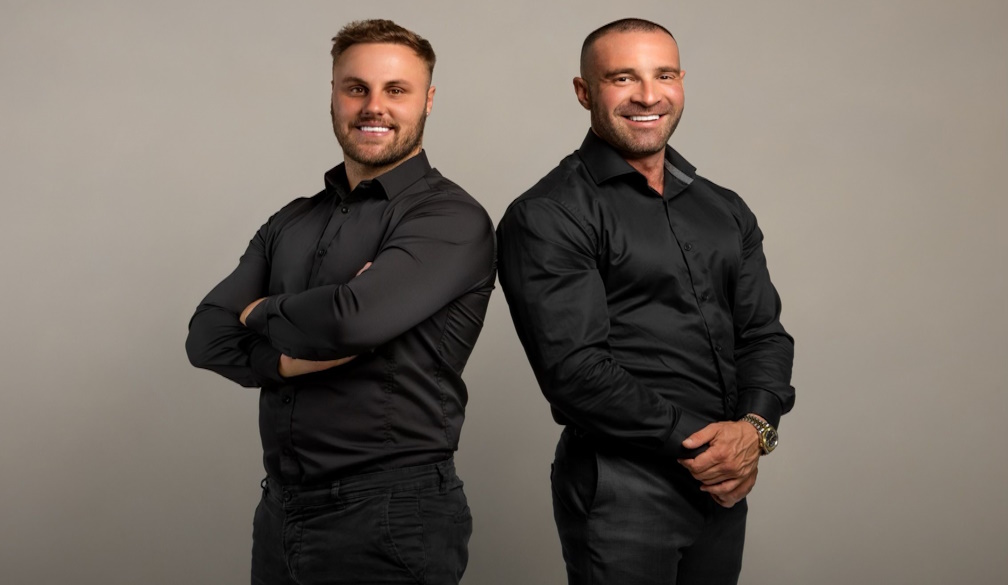Donors give more when asked to help people get back on their feet instead of meeting immediate needs – new research
- Written by Jonathan Hasford, Douglas and Brenda Horne Professor of Business, University of Tennessee

The Research Brief[1] is a short take about interesting academic work.
The big idea
Charities that provide social services such as medical care or after-school programs should consider emphasizing how their efforts can help their clients become more self-sufficient[2], my research findings suggest.
With my colleagues Stacie Waites[3], Adam Farmer[4] and Roman Welden[5], I explored whether people respond differently to fundraising pitches for charities that promise to help people in need become more self-sufficient than those that don’t.
One study involved asking people in one of two ways to donate to the Wounded Warrior Project[6], a charity that helps veterans who have been injured. The participants were told either that their gifts would support veterans’ immediate needs, such as food and housing, or that they would contribute to their eventual self-sufficiency through career counseling and therapy for post-traumatic stress disorder. These messages were developed from information available on the Wounded Warrior website[7].
For this study, we recruited workers from Amazon Mechanical Turk[8], a crowdsourced platform for paid tasks. Participants were paid to view one of the two charitable appeals and were given a bonus payment that could be donated partially or in full to the charity. We found that study participants who received the self-sufficiency pitch gave approximately 38% more of their bonus payment to charity.
We also explored which kind of message works best for the Pinnacle Resource Center, a regional charity in East Tennessee that assists homeless people, as part of its holiday fundraising campaign. Potential donors saw one of two messages focused on either meeting clients’ immediate needs or helping them become more self-sufficient.
One was: “Our focus is on providing resources to help individuals become self-sufficient in an effort to eventually provide for themselves.”
The other was: “Our focus is on providing resources to help individuals meet their immediate needs, whatever they may be.”
The people who saw the self-sufficiency message were almost three times as likely to donate and gave approximately 80% more money. The charity raised five times more money from the donors who got the self-sufficiency pitch.
Why it matters
Charities often appeal to current and potential donors[9] based on the food, shelter and services they provide to those in need, using a variety of fundraising tactics[10].
My research highlights a fundraising strategy that these nonprofits can use to their advantage.
A wide array of charities, such as disaster relief groups and after-school programs, could probably raise more money if they were to put greater emphasis in their messaging on how they’re boosting the eventual self-sufficiency of their clients.
What still isn’t known
I didn’t look at donations other than money, such as blood or canned food, or the hours volunteers log at the charities they support. So my research didn’t examine how messages related to self-sufficiency may affect those kinds of support.
Might appealing to certain emotions work better than others when they’re paired with self-sufficiency messages?
Given that evoking emotions such as nostalgia[11] and guilt can increase charitable giving[12], I believe that it’s important to discover which emotions are the best to elicit with fundraising pitches aimed at promoting the self-sufficiency of a charity’s clients.
References
- ^ Research Brief (theconversation.com)
- ^ help their clients become more self-sufficient (doi.org)
- ^ Stacie Waites (scholar.google.com)
- ^ Adam Farmer (scholar.google.com)
- ^ Roman Welden (kelley.iu.edu)
- ^ Wounded Warrior Project (www.woundedwarriorproject.org)
- ^ information available on the Wounded Warrior website (www.woundedwarriorproject.org)
- ^ Amazon Mechanical Turk (www.mturk.com)
- ^ appeal to current and potential donors (doi.org)
- ^ variety of fundraising tactics (doi.org)
- ^ evoking emotions such as nostalgia (doi.org)
- ^ guilt can increase charitable giving (doi.org)







